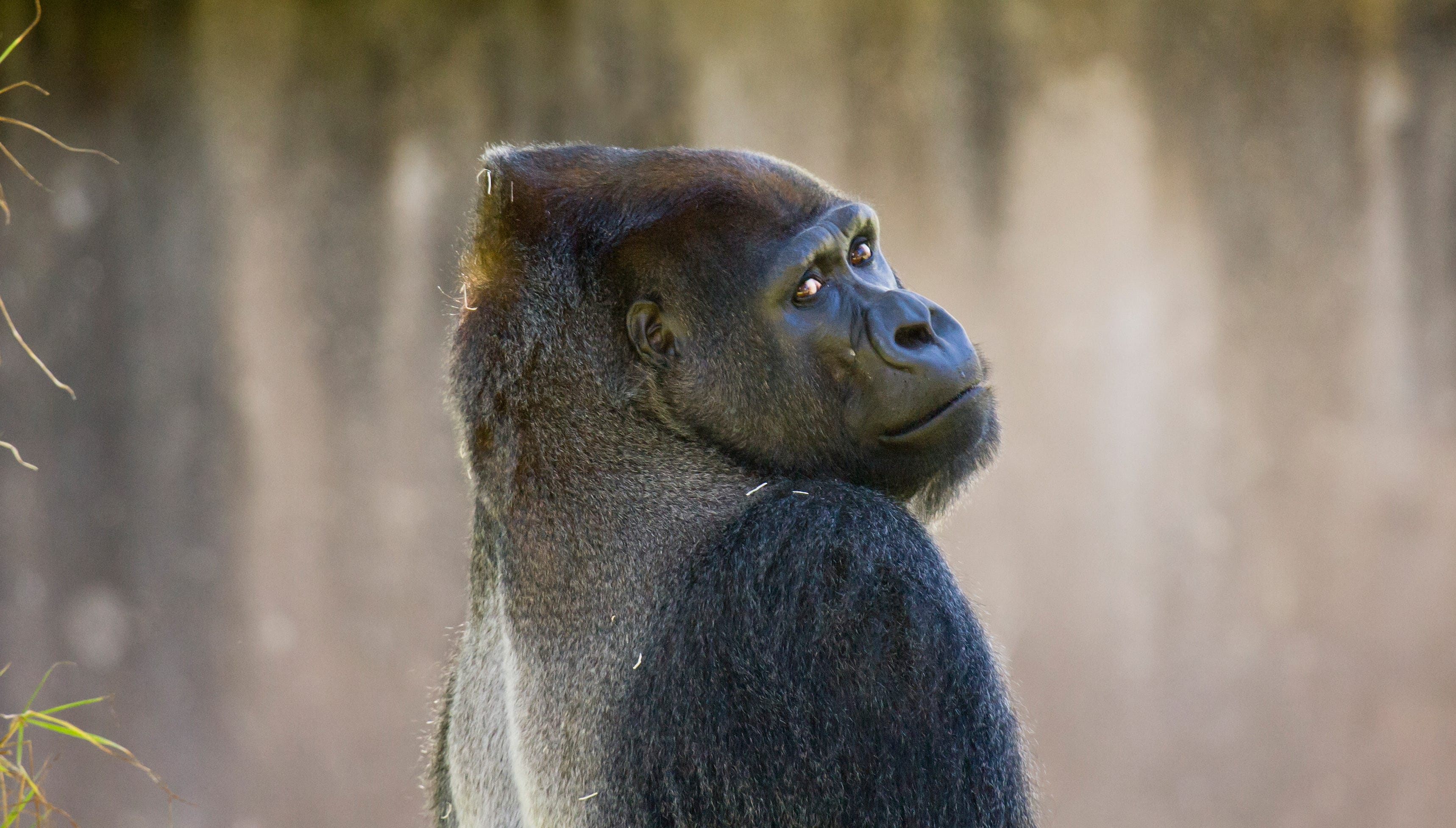Gorilla Oscar Jonesy’s Passing Highlights Critical Concerns at SF Zoo
The recent death of Oscar Jonesy, the zoo’s only male gorilla, prompts a deeper look into the zoo's animal care practices and anesthesia protocols.

Latest Update: Feb 7, 2025 — We've revised this article to include the most recent developments.
The sudden, tragic death of Oscar Jonesy—the San Francisco Zoo’s only male gorilla—during recovery from anesthesia is more than an isolated incident. It is a glaring red flag about the known risks associated with anesthetizing great apes, compounded by systemic failures in animal care protocols at the San Francisco Zoo.
At 43 years old, Oscar was undergoing what should have been a routine medical procedure. While the zoo claims the procedure “went well,” Oscar never made it back to his troop. He became unresponsive shortly after showing initial signs of recovery and could not be revived, even with critical care specialists from Stanford on site.
What went wrong? And why does this keep happening?
A Known Risk, Repeated Mistakes
Oscar’s death is part of a troubling pattern. Since 2020, at least three silverback gorillas in U.S. zoos have died following anesthesia-related complications. Despite these incidents, many zoos continue to rely on outdated or high-risk anesthetic protocols without fully adopting safer alternatives.
The Great Ape Heart Project (GAHP), an internationally recognized authority on ape cardiac health, has repeatedly warned against using certain anesthetic agents, particularly alpha-2 agonists like medetomidine. These drugs are known to pose significant cardiovascular risks, especially for older apes or those with undiagnosed heart conditions—a leading cause of death in captive gorillas.
Oscar’s case raises urgent questions:
Were the safest anesthetic protocols followed?
Was there a comprehensive cardiac risk assessment before the procedure?
Why wasn’t Oscar trained for awake health monitoring techniques that could have reduced his need for anesthesia in the first place?
Modern zoos increasingly use non-invasive health monitoring techniques to minimize anesthesia-related risks. These techniques involve training animals to voluntarily participate in medical exams—reducing stress and eliminating the dangers of sedation. The GAHP has outlined clear guidelines for such procedures, emphasizing their importance, especially for aging apes like Oscar.
A History Written in Tragedy
Oscar’s death is not an isolated tragedy at the San Francisco Zoo. In 2014, his own daughter, Kabibe, was fatally crushed by a hydraulic door—an incident caused by aging infrastructure issues that plague the entire zoo. In 2020, Zura, a 39-year-old female gorilla, died under circumstances that raised serious concerns about the zoo’s health monitoring practices. The neglect extends beyond gorillas; the zoo’s orangutans have suffered from inadequate care, with reports of them being confined to cramped, outdated enclosures lacking proper environmental enrichment. Former keepers described these conditions as dark, unsanitary, and devoid of the natural stimulation critical for the well-being of such intelligent primates. In one case, orangutans were left without access to an outdoor yard for six months, forced to endure spaces littered with waste and rodent infestations due to neglectful management practices.
These repeated failures aren’t random. They’re the result of an institution that has ignored warnings, neglected best practices, and dismissed the voices of concerned staff and experts. In 2024, a staggering 97% of the zoo’s union members voted no confidence in the current leadership, citing a toxic work environment and persistent safety concerns—concerns that have now cost another life.
Accountability Is Not Optional
The San Francisco Zoo’s leadership cannot hide behind vague statements of sympathy while animals continue to die under their watch.
It’s time for a comprehensive, independent investigation into the San Francisco Zoo’s veterinary practices, with a specific focus on:
Anesthetic protocols for great apes and the risks associated with their use
Failure to adopt non-invasive health monitoring techniques that could prevent unnecessary procedures
The influence of leadership on veterinary decisions, including potential interference in medical care
The extent to which staff expertise is considered during health assessments and critical care decisions
Honor Oscar with Action
Oscar Jonesy wasn’t just another gorilla. He was a protector of his troop, a father, and a soul whose life had value beyond the walls of his enclosure. His death is a tragedy—but it should not be in vain.
If the San Francisco Zoo truly wants to honor Oscar’s memory, it must confront the failures that led to his death. The public deserves transparency. The animals deserve better. And Oscar deserves justice.
The time for excuses is over. The time for accountability is now.



